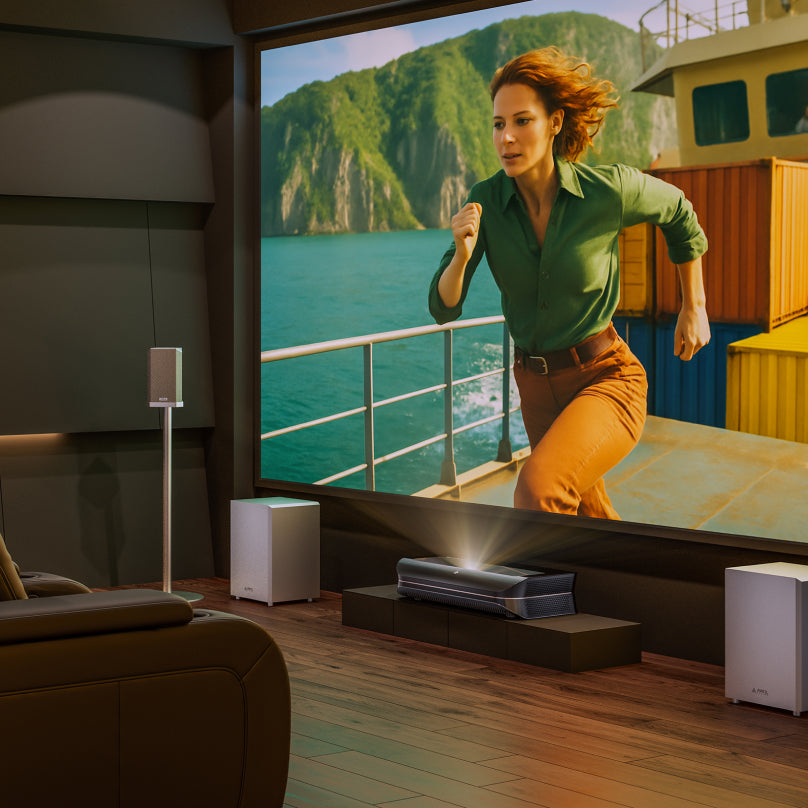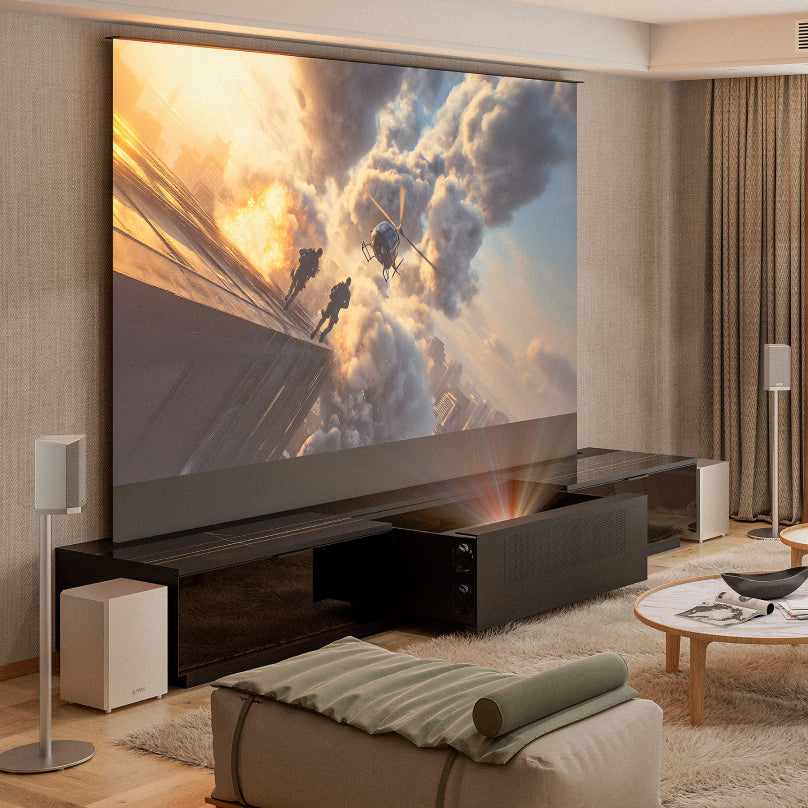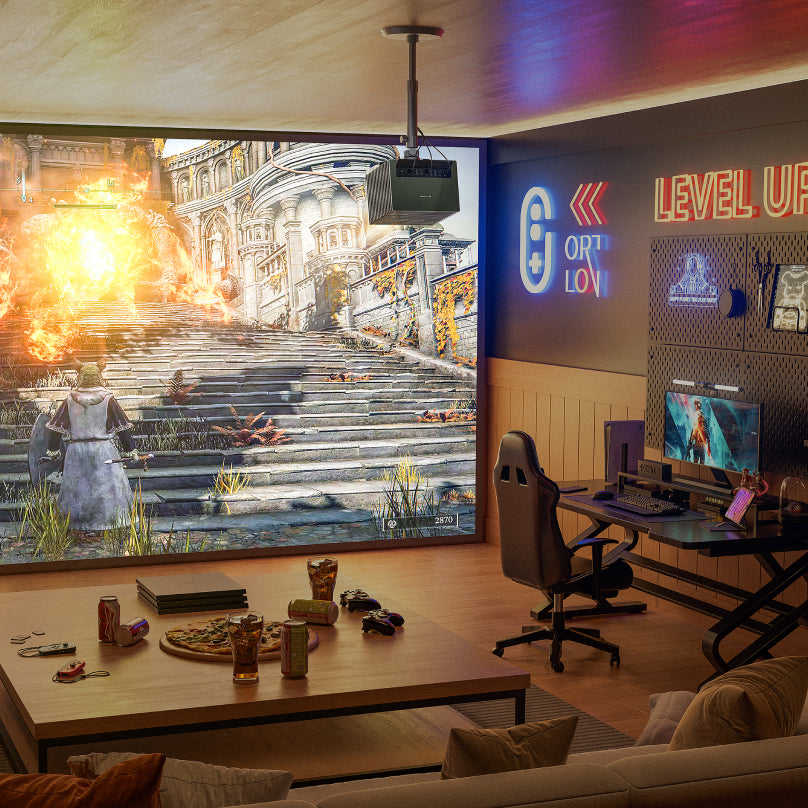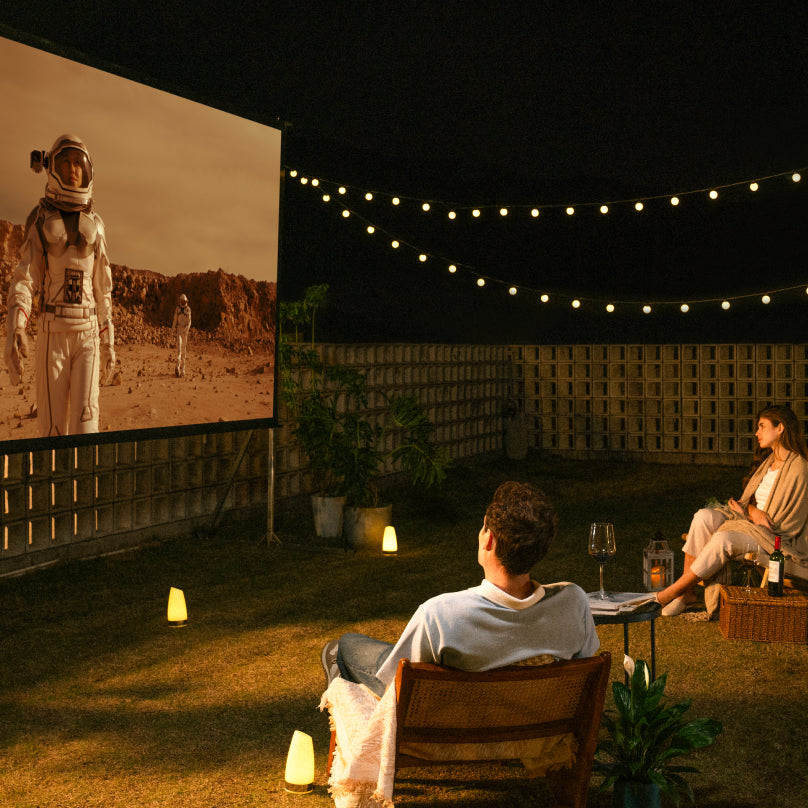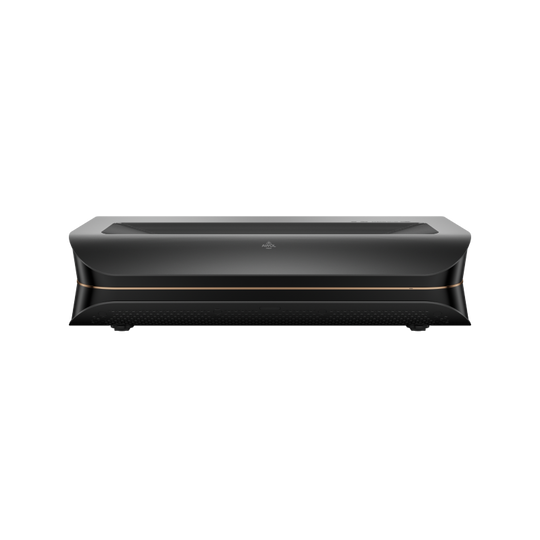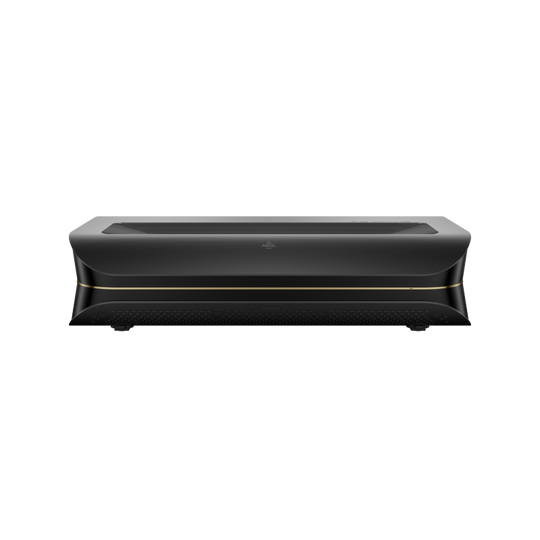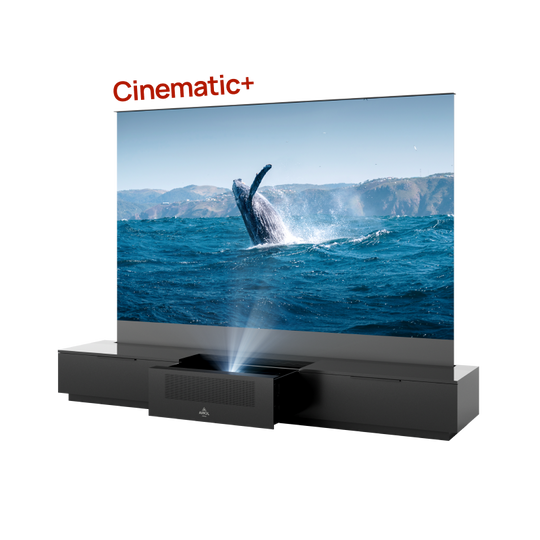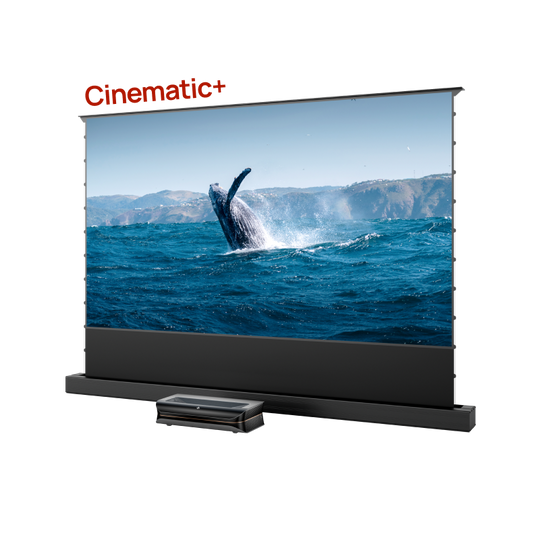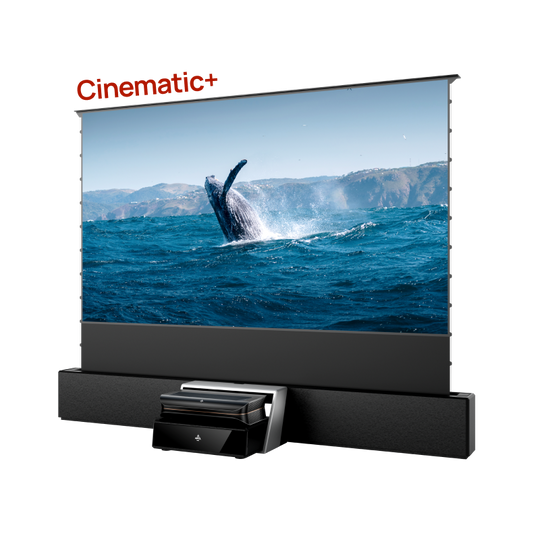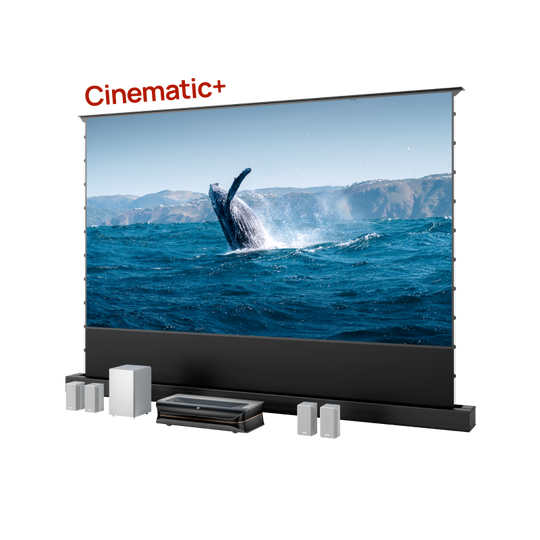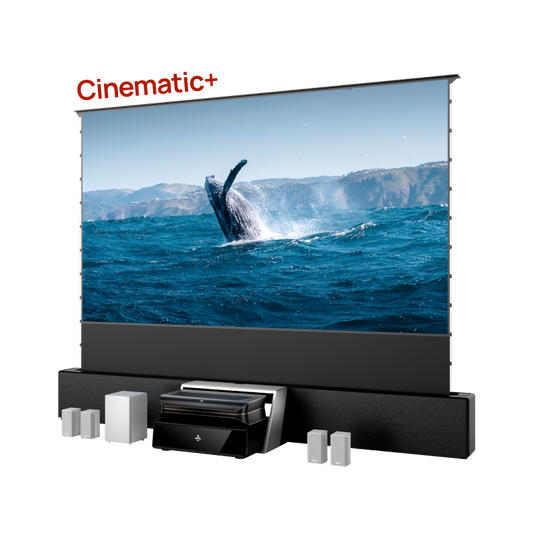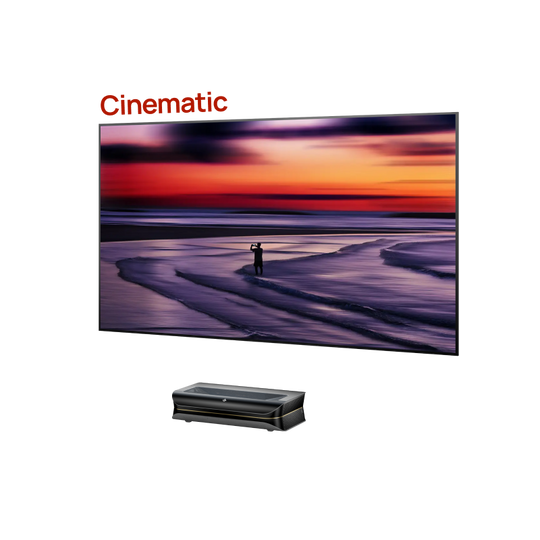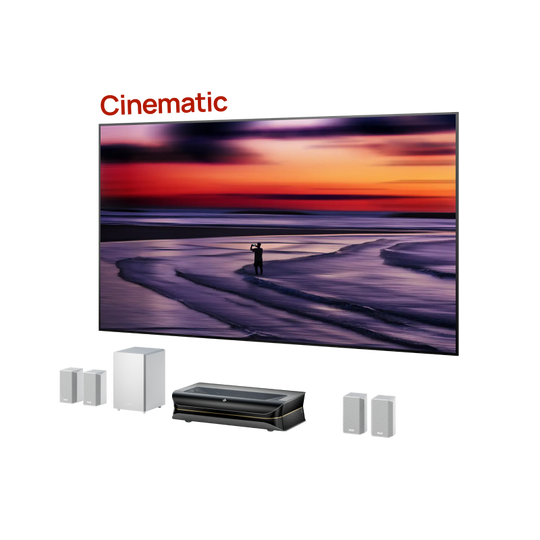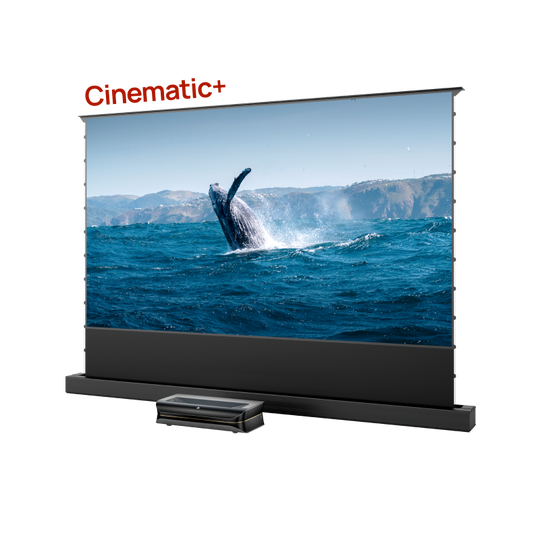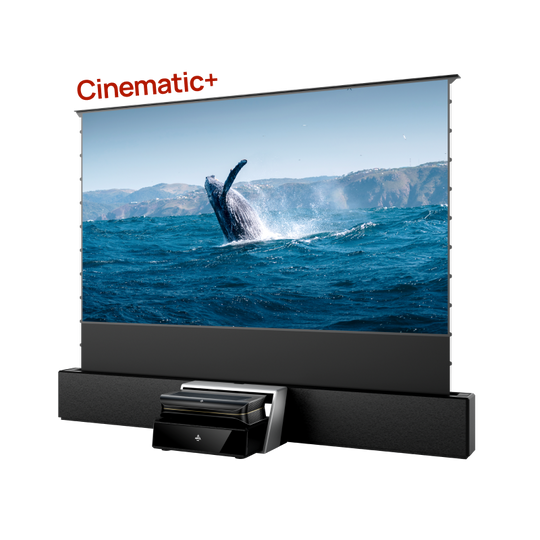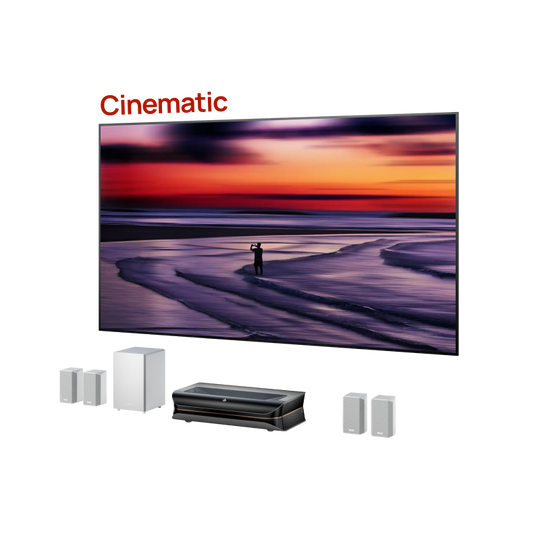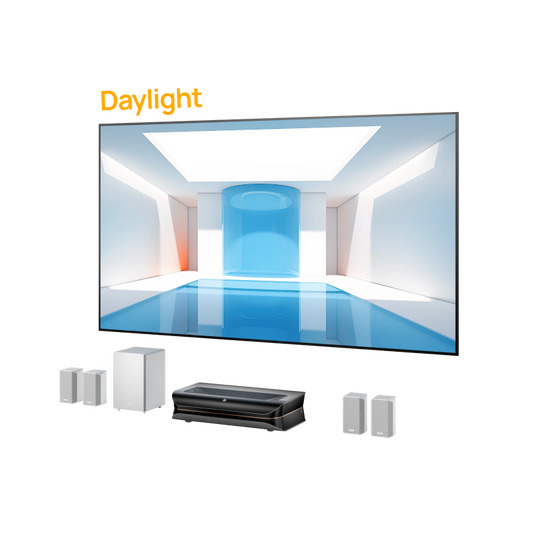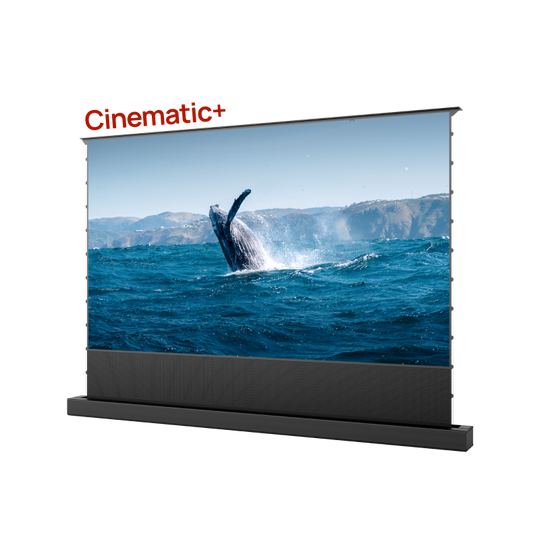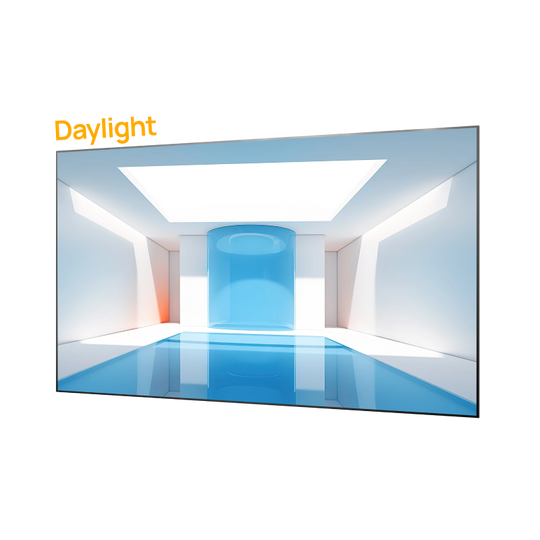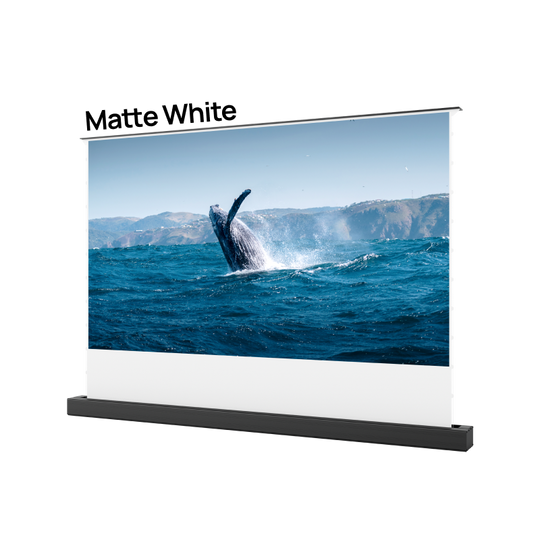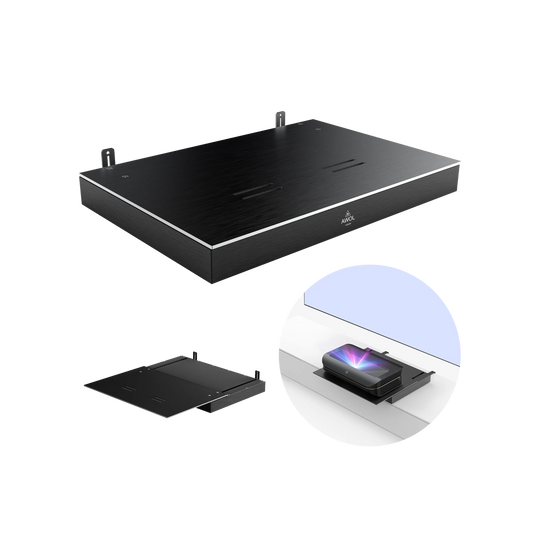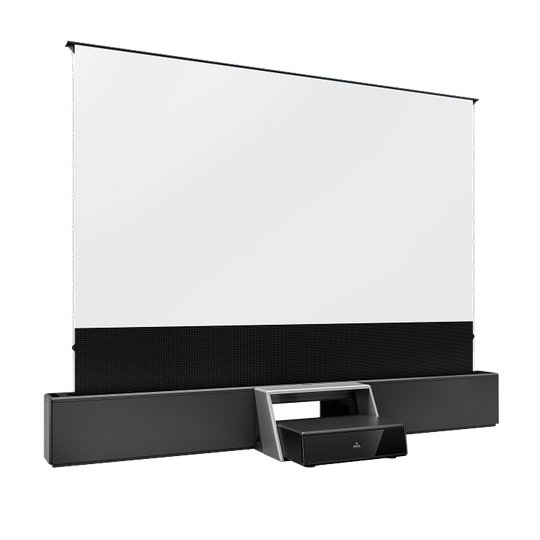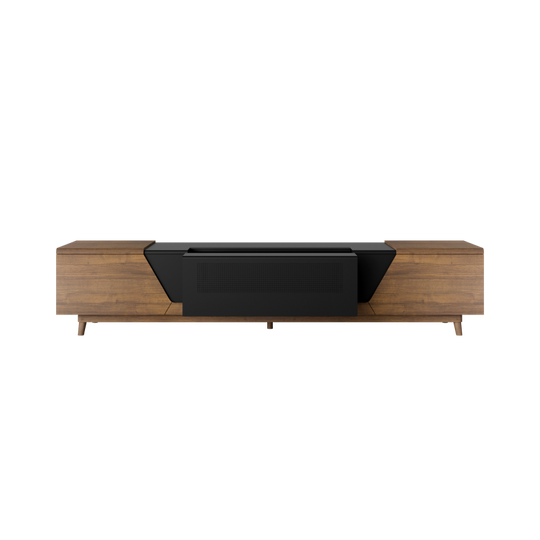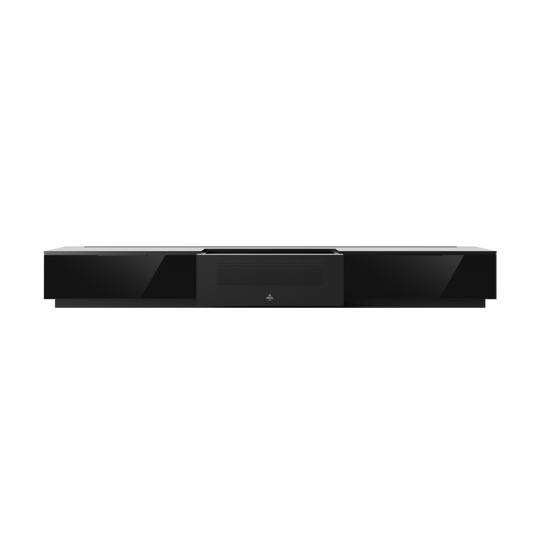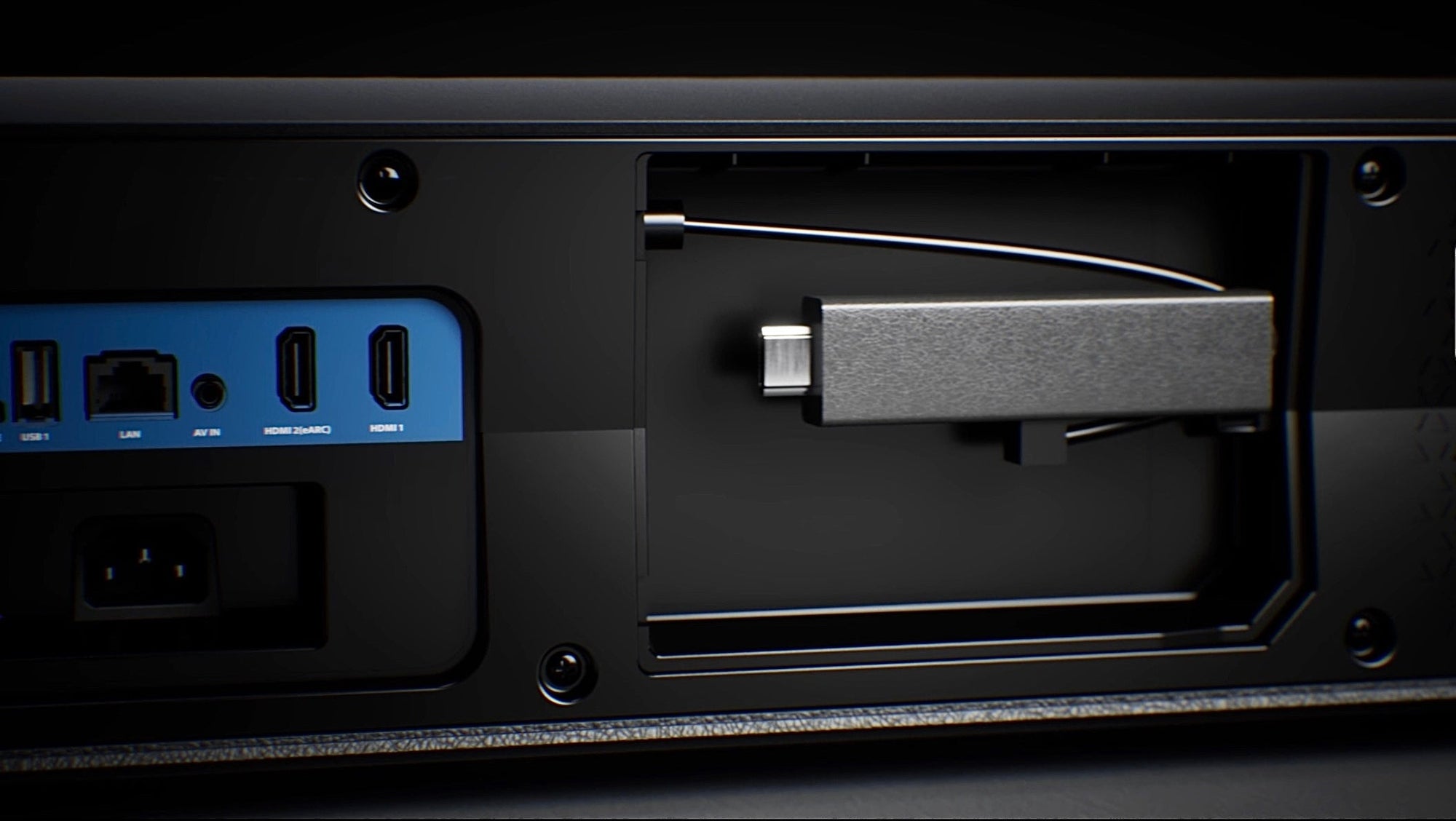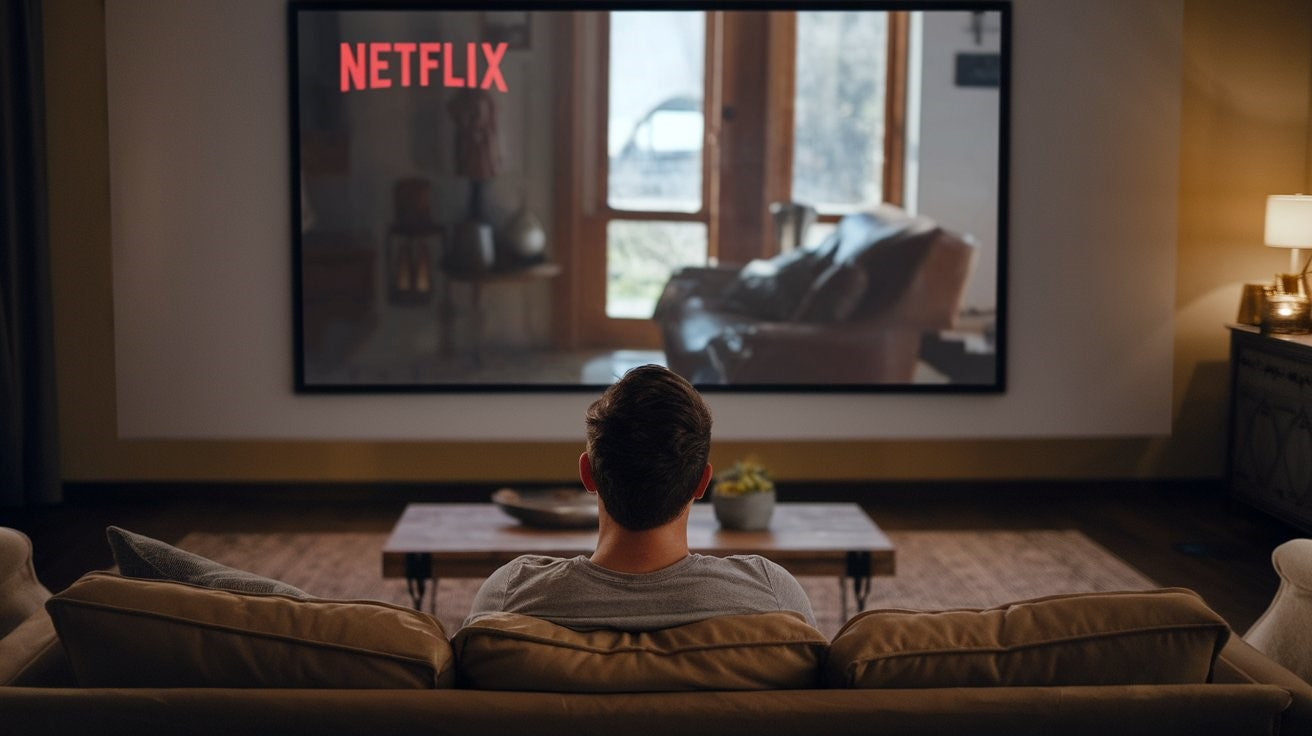In the world of home entertainment, projectors offer a unique and immersive viewing experience. Pairing your projector with the right streaming stick can elevate your setup to new heights. This guide will help you navigate the options and choose the perfect streaming companion for your projector.
Understanding Streaming Sticks for Projectors
Streaming sticks have revolutionized how we consume media, and when paired with projectors, they open up a world of possibilities for creating your own home theater experience. These compact devices plug directly into your projector’s HDMI port, providing access to a vast array of streaming services and content.
Key Factors to Consider When Choosing a Streaming Stick
When choosing a streaming stick for your projector, consider these crucial factors:
-
Compatibility: Ensure the stick works seamlessly with your projector model.
-
Resolution Support: Look for 4K and HDR capabilities to match high-end projectors.
-
Wi-Fi Connectivity: Strong, stable connections are essential for smooth streaming.
-
User Interface: An intuitive, responsive UI enhances the overall experience.
-
App Availability: Access to your favorite streaming services is a must.
-
Additional Features: Consider voice control, screen mirroring, and smart home integration.
Top Contenders: Roku vs. Amazon Fire TV vs. Google TV vs. Apple TV
The market is dominated by three major players, each with its strengths:
Roku Streaming Stick 4K
This little stick packs a punch, supporting 4K, HDR10+, and Dolby Vision—provided your projector can handle these formats. Its compact design plugs directly into your projector's HDMI port, keeping your setup tidy and cable clutter to a minimum. With long-range Wi-Fi support, you can count on stable streaming even if your projector is a bit farther from your router. Roku’s interface is straightforward and works with a wide array of streaming services like Netflix, Prime Video, and Disney+, making it a reliable and versatile choice. Just a heads-up: in some cases, you might need an HDMI extender (often available free from Roku) if the stick doesn’t fit perfectly into your projector’s port.
Amazon Fire TV Stick 4K Max (2nd Gen, 2023)
For those who enjoy Amazon's ecosystem, this device is a strong contender. It supports 4K, Dolby Vision, HDR10+, and Dolby Atmos for an immersive audio and visual experience—as long as your projector and audio system can keep up. The Wi-Fi 6E support ensures smooth, fast streaming, and the included Alexa Voice Remote makes navigation a breeze through voice commands. However, its interface leans heavily toward Amazon content, so you might see ads and promotions for Prime content that don’t suit everyone.
Google Chromecast with Google TV (4K)
If you’re more inclined toward Google’s ecosystem, the Chromecast with Google TV is designed for you. It delivers crisp visuals with support for 4K, HDR10+, and Dolby Vision, and its interface offers personalized content recommendations across various streaming services. With built-in Google Assistant, you can control your streaming with voice commands, and its compact design is a perfect match for any projector’s HDMI port. Just be aware that you may need a USB-C power adapter if your projector doesn’t provide power.
Apple TV 4K (3rd Gen, 2022)
Apple users or anyone looking for a premium experience might gravitate toward the Apple TV 4K. Supporting 4K, HDR10+, Dolby Vision, and Dolby Atmos, it offers top-tier audiovisual performance. Its seamless integration with other Apple devices via AirPlay makes streaming from your iPhone, iPad, or Mac effortless. The interface is smooth and fast, with access to major streaming apps and the exclusive Apple TV+ service. The only trade-offs are its larger form factor—since it's a box rather than a stick—and a higher price point compared to other options.
Each of these devices has its strengths, so your choice will depend on your specific needs, the ecosystem you prefer, and the capabilities of your projector. Happy streaming!
Compatibility and Technical Specifications
Most modern streaming sticks are compatible with projectors via HDMI, but there are some technical aspects to consider:
|
Feature |
Importance for Projectors |
|
HDMI Version |
HDMI 2.0 or higher for 4K@60Hz |
|
Power Source |
USB port on projector or separate adapter |
|
Wi-Fi Bands |
Dual-band preferred for better connectivity |
|
Ethernet Adapter |
Optional but recommended for stable 4K streaming |
Actionable Tip: Before purchasing, check your projector’s HDMI version and available USB ports. If your projector lacks a powered USB port, be prepared to use the streaming stick’s included power adapter with a nearby outlet.
Streaming Quality and Resolution Support
For the best projector experience, prioritize streaming sticks that offer:
-
4K Resolution: Essential for large screen projections
-
HDR Support: Look for HDR10, HDR10+, and Dolby Vision compatibility
-
Frame Rate: 60fps capability for smooth motion in sports and action content
Actionable Recommendation: If you have a 4K HDR projector, invest in a premium streaming stick like the Roku Streaming Stick 4K, Amazon Fire TV Stick 4K Max, or Chromecast with Google TV. These devices support 4K HDR and offer the best visual quality for your projector setup.
User Interface and App Ecosystem
The user interface can make or break your streaming experience. Here’s how the top contenders compare:
|
Brand |
UI Style |
Content Discovery |
App Store |
|
Roku |
Simple, app-focused |
Good |
Roku Channel Store |
|
Amazon Fire TV |
Content-forward, Amazon-centric |
Excellent (Amazon-focused) |
Amazon Appstore |
|
Google TV |
Content-forward, personalized |
Excellent (AI-driven) |
Google Play Store |
Actionable Advice:
-
If you prefer a straightforward, app-based approach, go for Roku.
-
For personalized content recommendations, especially if you’re an Amazon Prime member, choose Fire TV.
-
If you’re invested in the Google ecosystem and enjoy AI-driven suggestions, opt for Google TV.
Additional Features and Enhancements
Modern streaming sticks offer features that can significantly enhance your projector setup:
-
Voice Control: Especially useful in dark home theater environments.
-
Screen Mirroring: Great for sharing content from mobile devices on the big screen.
-
Gaming: Some sticks offer casual gaming capabilities.
-
Private Listening: Through mobile apps or Bluetooth headphones.
-
Smart Home Integration: Control lights and other devices for an immersive experience.
Actionable Tip: To create a truly immersive home theater experience, pair your streaming stick with smart light bulbs. Use voice commands to dim the lights as you start your movie, all without leaving your seat.
Best Picks for Different User Needs
Based on our analysis, here are our top recommendations for different user profiles:
-
For the Neutral User: Roku Streaming Stick 4K
-
Why: Simple interface, extensive app support, and excellent 4K HDR performance.
-
Actionable Setup Tip: Use Roku’s mobile app for easy account setup and as a backup remote.
-
For Amazon Prime Enthusiasts: Amazon Fire TV Stick 4K Max
-
Why: Best-in-class performance, Alexa integration, and seamless Prime content access.
-
Actionable Setup Tip: Enable the “Enhance Contrast” setting in the Display & Sounds menu for improved HDR performance on your projector.
-
For Google Ecosystem Users: Chromecast with Google TV
-
Why: Sleek interface, powerful content aggregation, and strong Google service integration.
-
Actionable Setup Tip: Set up the Google Home app on your smartphone for additional control options and easy device management.
-
Budget Option: Roku Express 4K+
-
Why: Affordable 4K streaming with a simple interface, perfect for occasional use or secondary projectors.
-
Actionable Setup Tip: If your projector lacks a USB port for power, use the included power adapter and consider a small adhesive hook to manage cable placement.
Tips for Optimal Streaming Stick Performance with Projectors
-
Wi-Fi Optimization:
-
Action: Position your router closer to the projector or use a Wi-Fi extender to ensure a strong signal.
-
Why: Stable Wi-Fi is crucial for 4K streaming without buffering.
-
Heat Management:
-
Action: Ensure proper ventilation around the streaming stick, especially if it’s tucked behind the projector.
-
Why: Overheating can cause performance issues and shorten the device’s lifespan.
-
Regular Updates:
-
Action: Enable automatic updates in your streaming stick’s settings.
-
Why: Keeps your device secure and ensures you have the latest features and app compatibility.
-
Calibrate Display Settings:
-
Action: Use your streaming stick’s display calibration tools (usually found in settings) to optimize the picture for your projector.
-
Why: Proper calibration ensures you’re getting the best possible image quality from your setup.
-
Use Ethernet When Possible:
-
Action: If your projector is near a wired internet connection, use an Ethernet adapter for your streaming stick.
-
Why: Wired connections provide the most stable and fastest internet speeds, crucial for 4K HDR content.
Conclusion
Choosing the right streaming stick can significantly enhance your projector-based entertainment system. By considering factors like compatibility, streaming quality, user interface, and additional features, you can find the perfect device to complement your setup.
Remember, the “best” choice often depends on your specific needs, preferences, and existing ecosystem. Whether you opt for the simplicity of Roku, the Amazon-centric features of Fire TV, or the Google integration of Chromecast, each option offers a pathway to transforming your projector into a powerful smart entertainment hub.
By following the actionable tips and recommendations provided, you’ll be well on your way to creating an immersive, high-quality viewing experience that rivals any commercial cinema. Happy streaming!
